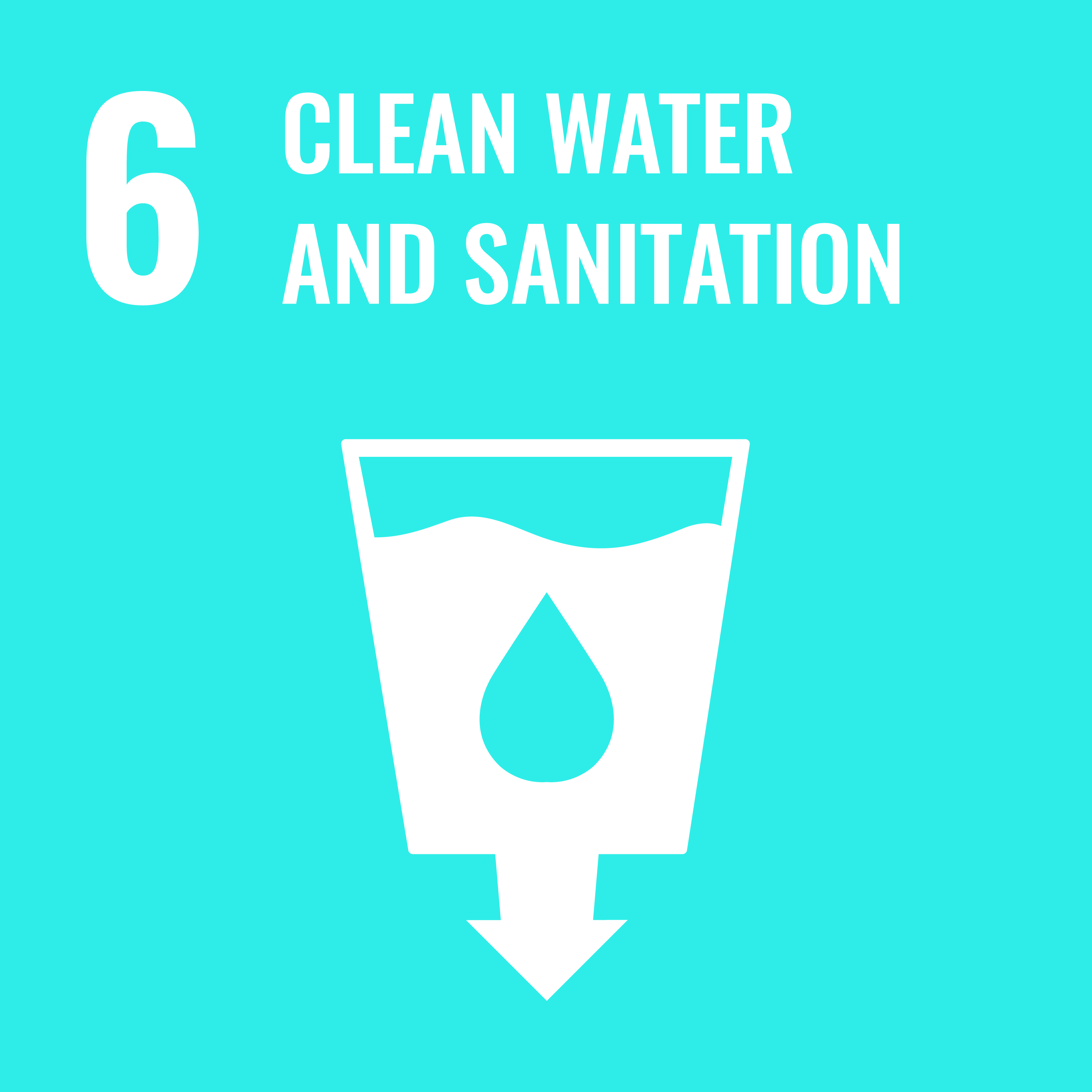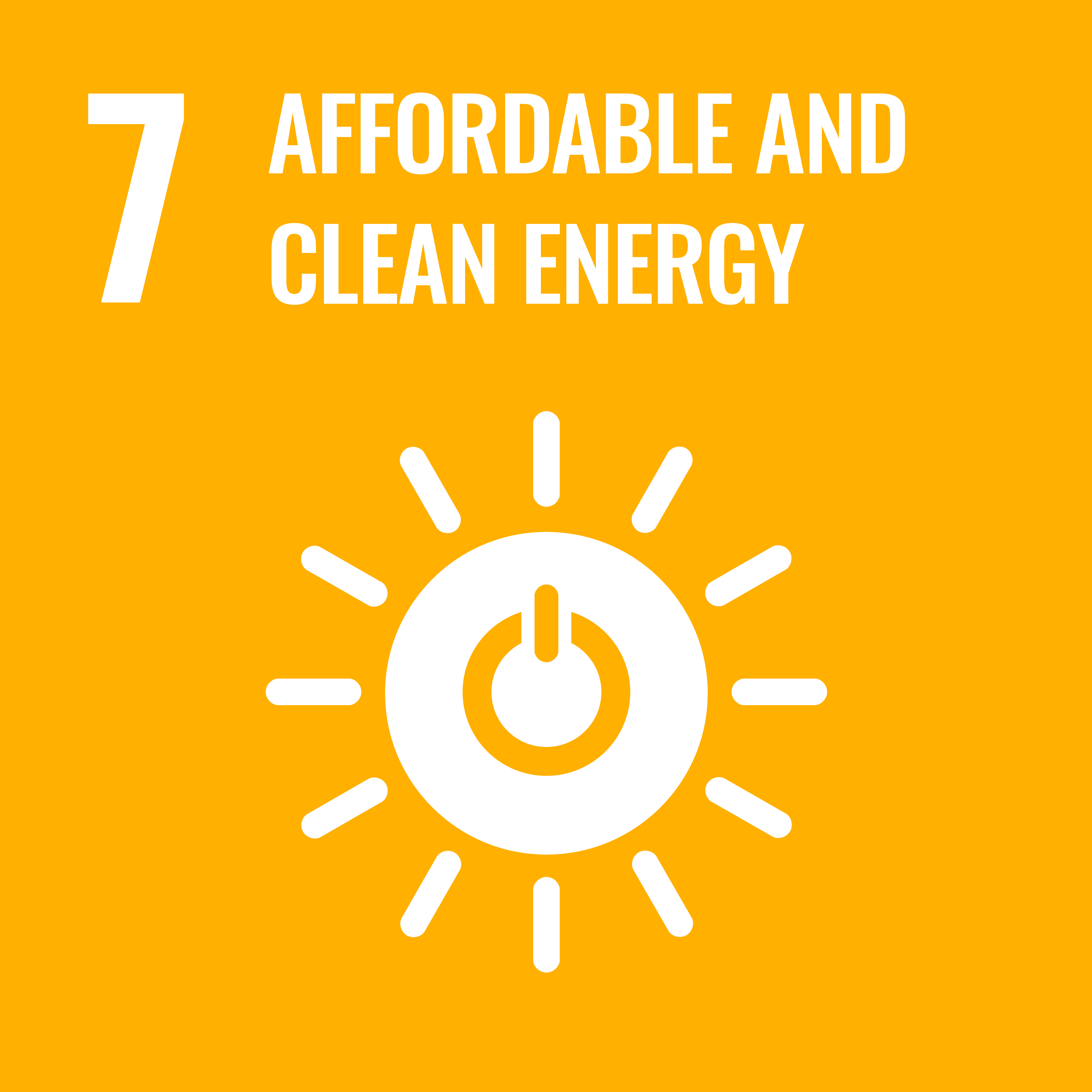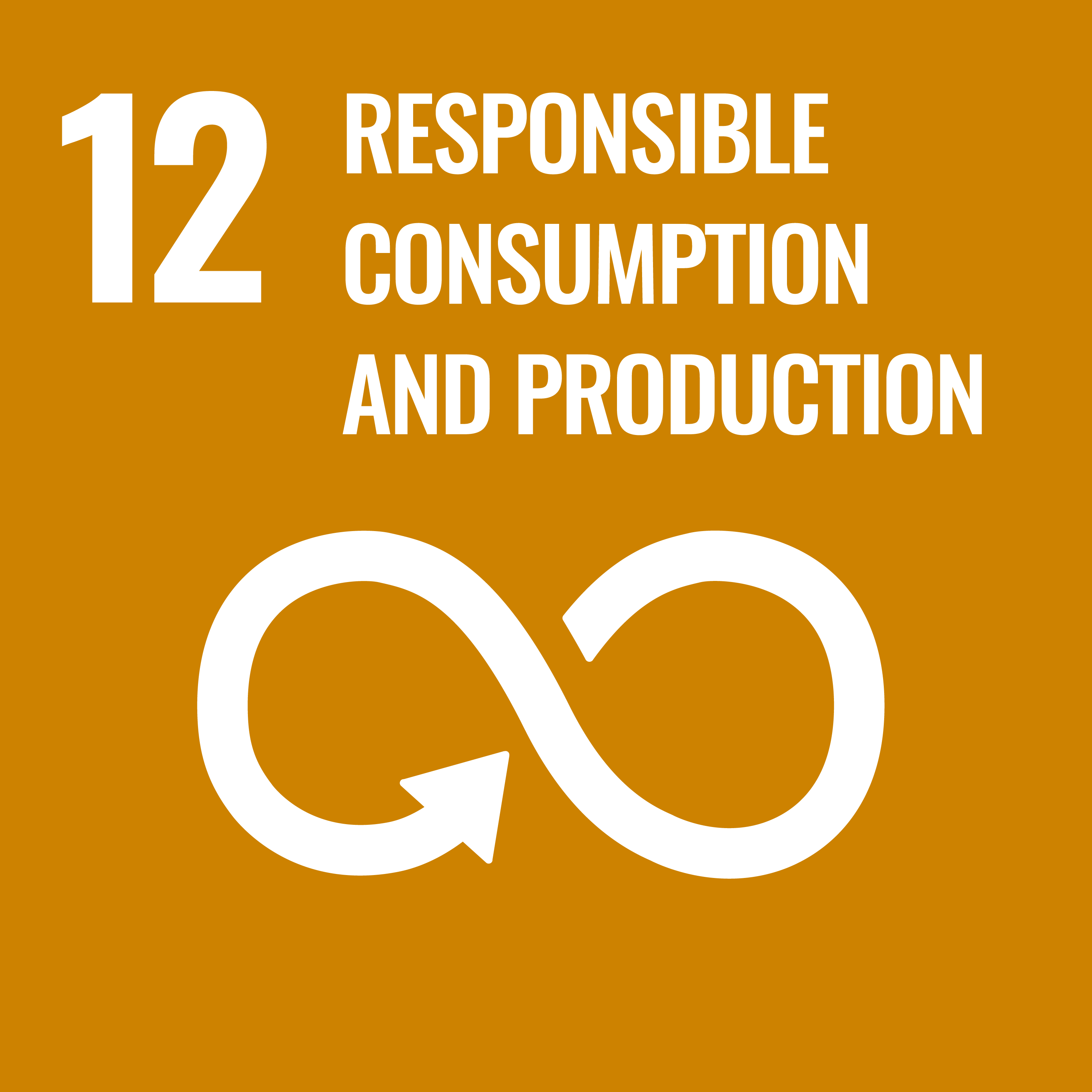











Mercuries Life Insurance carries the implementation of commitment to sustainability as the corporate mission. We comprehensively evaluate practical and potential impacts caused by climate change to the value chain in order to improve climate governance. Besides, we aggressively promote sustainable low-carbon action plans on our operation and business as well as collaborate with internal and external stakeholders to continuously move towards the goals of sustainable environment.
Based on “Guidelines for Financial Disclosure Related to Climate Risks in the Insurance Industry”, “Risk Management Best Practice for the Insurance Industry”, “Three-Line Defense Best Practice for Internal Control in the Insurance”, and the Company’s “Risk Management Policy”, we formulated “Regulations Governing the Management of Climate Change Risks” to establish risk management and opportunity mechanism for climate change. Besides, we adopted the framework of Recommendations of the Task Force on Climate-related Financial Disclosures published by TCFD to disclose climate-related information in the four key dimensions- governance, strategy, risk management, and indicators & goals.
The Company established climate governance framework and conducted systematic division of responsibilities through the Board of Directors, Risk Management Committee, and relevant responsible departments and offices of three-line defense to ensure the implementation of risk management for climate change.
The Board of Directors is the highest decision-making unit for the climate risk management system, in charge of supervising and managing corporate-related climate risks, identifying climate-related opportunities, and approving climate risk management methods. Under the direct management of the Board of Directors, "Risk Management Committee" is the highest management level for risk management. A meeting will be held every quarter. Other than evaluating the implementation status of the risk management system and reporting matters related to risk management, the Committee is also responsible for formulating the climate risk management policy, evaluating the implementation status of climate risk management, and reporting to the Board of Directors.
Risk Management Department and the Director-general's Office are responsible for coordinating practical matters related to the implementation, monitoring, measurement and evaluation of daily climate risks as well as guiding departments related to investment activities and business activities to implement climate risk management. Risk Management Department shall report the management outcome to the Risk Management Committee every year.
Risk Management Department is in charge of executing the risk management on matters related to climate change as well as incorporating climate-related risk into the risk management policy and formulating "Methods Governing Risk Management Related to Climate Change" for the first line of defense to implement climate risk management, such as identifying impacts of climate risks and opportunities on the scope of business with the support of quantified scenario analysis. Besides, the Director's Office shall ensure the implementation results are consistent with the company's goals and ESG goals in order to guide relevant departments and offices to conduct risk management related to climate change . Risk Management Department shall submit the management results to the Risk Management Committee every year.
According to "Guidelines for Financial Disclosure Related to Climate Risks in the Insurance Industry", insurance enterprises shall formulate indicators for materiality sequencing of climate-related risks and sequence the climate-related risks identified based on the materiality criteria. The Company adopts "overall risk sequencing" and "individual risk sequencing" to identify materiality.
Overall risk sequencing: TCFD Task Force conducts internal questionnaire survey for evaluation according to the level of impacts and probability of occurrence. The results of the survey is then used for materiality sequencing as the reference for the priority of resources invested in order to respond to material risks and opportunities.
Individual risk sequencing: For "climate transition risks", Industrial Climate Risk Rating Report" published by Moody's is used as the standard for materiality assessment. The level risk on the objects of securities investment in each industry will be sequenced accordingly. For "climate physical risks", Key factors, including "risk coefficient of flooding, number of floors, and the age of the property", are used to evaluate and sequence the level of risk on the investment property, mortgage collateral, and the location of the operating site. After completing the materiality sequencing of climate risks, we further conduct scenario analysis on climate change to strengthen risk management and its coping strategies.
Based on TCFD risk classification, we conducted risk evaluation and response. In consideration of availability of scenario 500 information, we focused on investment & financing activities and business operations to conduct quantitative scenario analysis on climate transition risks and climate physical risks respectively. For the rest of business activities, a qualitative approach was used for risk description.
Our climate mission is "supporting Taiwan and the world to achieve the goal of net zero by 2050". The first line of defense is in charge of implementing risk management
process of climate change to identify financial impacts in business, product, investment, and lending caused by climate risks and opportunities before formulating climaterelated strategies according to evaluation results and climate mission. The content is as follows:
"Risk Management Policy" covers various sources of risks, including asset risks (market risk, credit risk, liquidity risk), insurance risks, asset-liability match risks, capital adequacy risks, operational risks, strategic risks, and reputation risks. Climate change risks are now included in the scope of control for each department and office to follow the principles of risk management as well as the loop process of identification, evaluation, management, and control to actively manage potential negative impacts caused to the Company.
The Company conducts risk management for climate change according to Principles for Three-Line Defense Practice for Internal Control in the Insurance Industry.
The Company incorporated risks of climate change into “Risk management Policy” and formulated “Climate Change Risk Management Method” to implement the control. When the first line of defense conducts climate risk management, the links between risk factors and existing risks are established and connected to integrate with the whole risk management system.
The first line of defense is in charge of identifying climate risks for management and evaluate all the main risk/opportunity factors identified for the potential financial impacts (such as reduction of investment income/ operating income, increased business expense or increased claim expenditure) on the Company’s business, product, investment, and lending. Based on the results of evaluation, the short-term, mediumterm, and long-term coping strategies will be conducted. The relevant implementation performance shall be submitted at the meeting of the Risk Management Committee for reviewing.
For securities investment, we have conducted analysis of climate risks by industry with reference to Moody's research report. Based on the investment proportion by industry, we sequenced the level of risk exposure to the Company by the climate risks of the industry before selecting top three industries with high climate risk for scenario analysis. The result of the top three industries was banks, oil & gas, and public utilities. By the end of December 2024, the ratio of risk exposure to top three industries with high climate risk in the investment portfolio was around 56%.
The Company conducted scenario analysis of physical risks in consideration of carbon greenhouse gas emission pathway. We adopted "Risk Map of Flooding Disaster" for 2040-2060 in the scenario of SSP5-8.5 published on the Climate Change Disaster Risk Adaptation Platform by National Science & Technology Center for Disaster Reduction (NCDR) to estimate flooding risks in the future. With the evaluation of the level of hazard (probability of extreme rainfall), vulnerability (scope of flooding under specific condition of rainfall), and exposure (the higher the population density, the higher the risk exposure), we assessed the risk level (relative risk) of the area. Moreover, we comprehensively evaluate the number of floors and the age of the building to identify properties with high risk. Scenario assumption for identification of properties with high risk includes following factors:
▶ Flooding risk factor: Data of rainfall in the future is estimated according to "Risk Map of Flooding Disaster" published on Climate Change Disaster Adaptation Platform by National Science & Technology Center for Disaster Reduction (NCDR). Risk coefficient of flooding is classified into Risk1~Risk5 (the higher the value, the greater the risk).
▶ Coefficient of the floor: If the property is location on the first floor or below, the risk coefficient is 3, coefficient 2 for the location between 2nd and 4th floor, and 1 for location on 5th floor or above.
▶ Coefficient of the age: If the property is 31 years old or above, the risk coefficient is 3, coefficient 2 for property between 11 and 30 years old, and coefficient 1 for property below 10 years old (included).
Risk assessment and classification was conducted according to the above data of the property. A comprehensive score (multiply the three factors together) over 35 will be high risk; a score between 11 and 35 will be medium risk while a score lower than 10 is low risk. By the end of 2024, among the 19 investment properties possessed, 7 (37%) of them were in high risk. The mortgage collateral is located in different counties and cities all over Taiwan; 319 (6%) of them were in high risk. One (2%) of our operating site was assessed as in high risk. We have taken relevant management actions and measures to reduce impact caused by physical risks.
The following figure shows the flooding risk rating on all the properties invested.
When establishing risk appetite, strategy, and business plan, all the risks of climate change identified shall be considered. Besides, indicators and goals of risks related to climate change shall be set up. Each year, relevant responsible departments and offices shall supervisor and manage the achievement of indicators and goals for climate risks/ opportunities. Risk Management Department is responsible for reporting the status of implementation to the Risk Management Committee and the Board of Directors.
▶ Risk appetite statement Working around global net-zero policy, we established relevant strategies, indicators, and goals for active management of climate change risks to support the target of net zero emission by 2050.
▶ Risk appetite indicators Among all the existing risk appetite indicators, "financial strength rating (long-term rating) by Taiwan Ratings no less than twA-" covers the dimension of ESG indicator. The environmental indicator has included environmental credit factors of climate change risks and physical risks. Therefore, it reflects the results of the Company's competence in managing climate risks.
